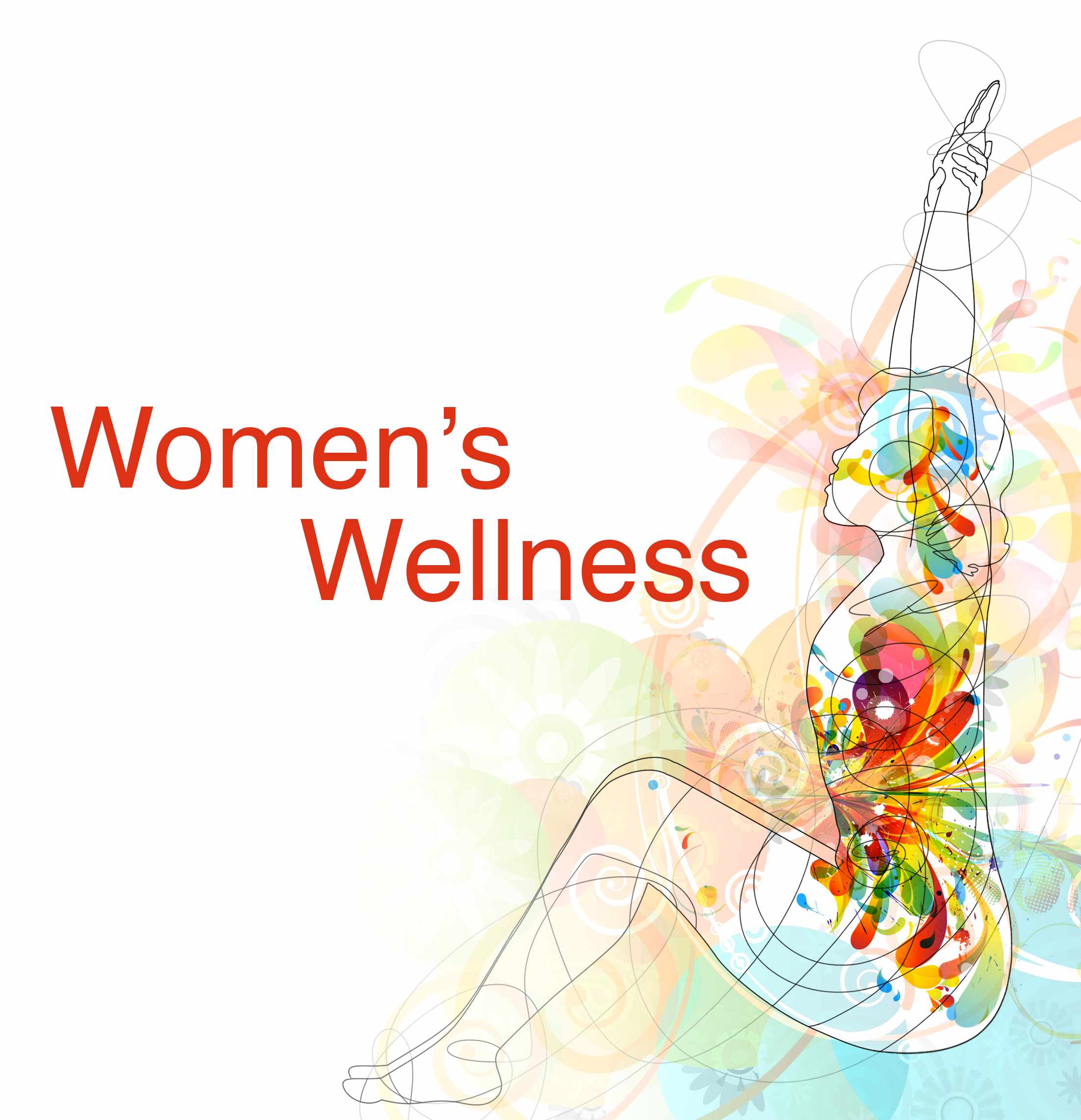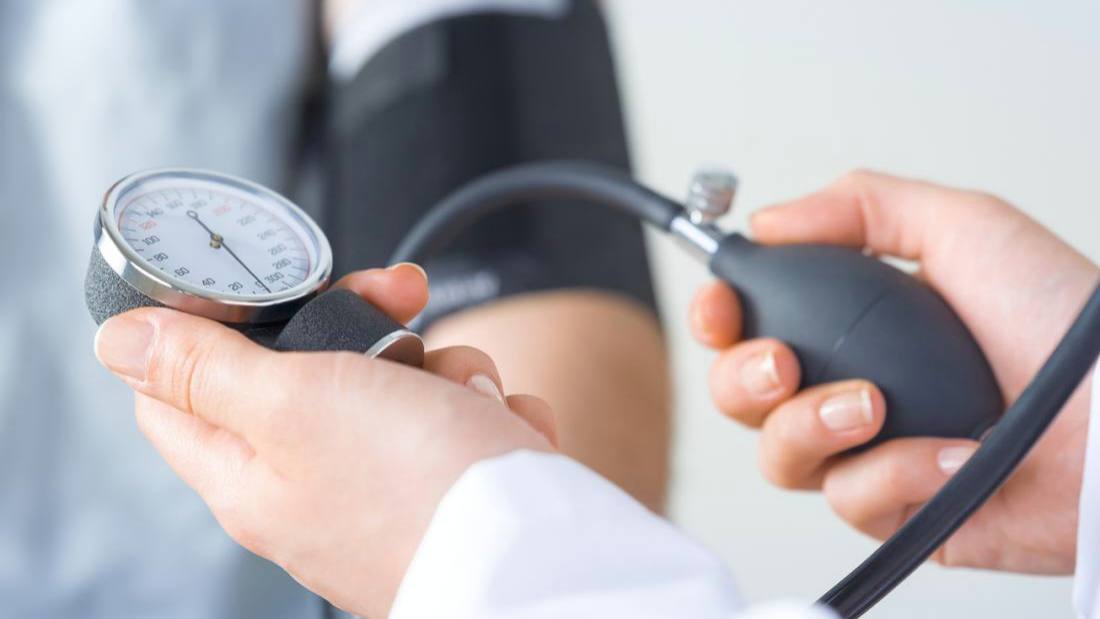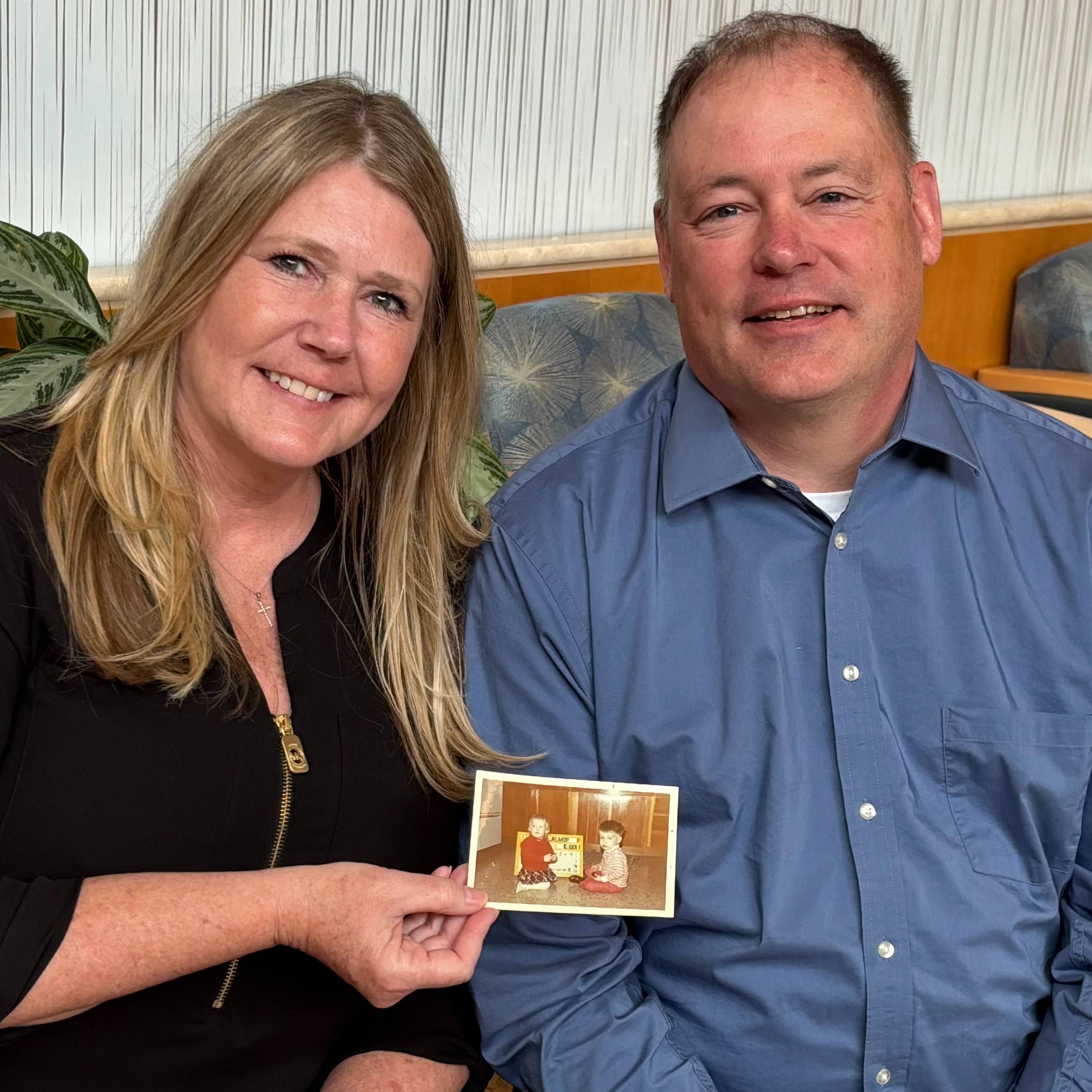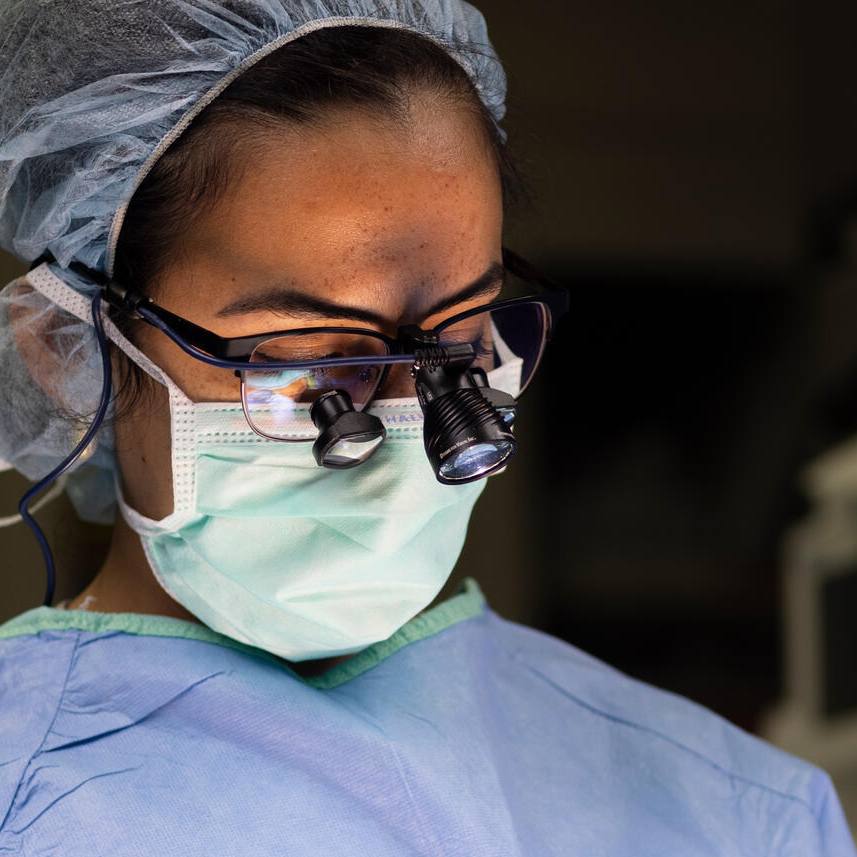-
Women’s Wellness: Pregnancy complication called preeclampsia
Preeclampsia is a pregnancy complication characterized by high blood pressure and signs of damage to another organ system, most often the liver and kidneys. Preeclampsia usually begins after 20 weeks of pregnancy in women whose blood pressure had been normal.
Left untreated, preeclampsia can lead to serious — even fatal — complications for both you and your baby. If you have preeclampsia, the most effective treatment is delivery of your baby. Even after delivering the baby, it can still take a while for you to get better.
If you're diagnosed with preeclampsia too early in your pregnancy to deliver your baby, you and your health care provider face a challenging task. Your baby needs more time to mature, but you need to avoid putting yourself or your baby at risk of serious complications.
Rarely, preeclampsia develops after delivery of a baby, a condition known as postpartum preeclampsia.
Symptoms
Preeclampsia sometimes develops without any symptoms. High blood pressure may develop slowly, or it may have a sudden onset. Monitoring your blood pressure is an important part of prenatal care because the first sign of preeclampsia is commonly a rise in blood pressure. Blood pressure that exceeds 140/90 millimeters of mercury (mm Hg) or greater — documented on two occasions, at least four hours apart — is abnormal.
Other signs and symptoms of preeclampsia may include:
- Excess protein in your urine (proteinuria) or additional signs of kidney problems
- Severe headaches
- Changes in vision, including temporary loss of vision, blurred vision or light sensitivity
- Upper abdominal pain, usually under your ribs on the right side
- Nausea or vomiting
- Decreased urine output
- Decreased levels of platelets in your blood (thrombocytopenia)
- Impaired liver function
- Shortness of breath, caused by fluid in your lungs
Sudden weight gain and swelling (edema) — particularly in your face and hands — may occur with preeclampsia. But these also occur in many normal pregnancies, so they're not considered reliable signs of preeclampsia.
When to see a health care provider
Make sure you attend your prenatal visits so that your care provider can monitor your blood pressure. Contact your health care provider immediately or go to an emergency room if you have severe headaches, blurred vision or other visual disturbance, severe pain in your abdomen, or severe shortness of breath.
Because headaches, nausea, and aches and pains are common pregnancy complaints, it's difficult to know when new symptoms are simply part of being pregnant and when they may indicate a serious problem — especially if it's your first pregnancy. If you're concerned about your symptoms, contact your health care provider.
Causes
The exact cause of preeclampsia involves several factors. Experts believe it begins in the placenta — the organ that nourishes the fetus throughout pregnancy. Early in pregnancy, new blood vessels develop and evolve to efficiently send blood to the placenta.
In women with preeclampsia, these blood vessels don't seem to develop or function properly. They're narrower than normal blood vessels and react differently to hormonal signaling, which limits the amount of blood that can flow through them.
Causes of this abnormal development may include:
- Insufficient blood flow to the uterus
- Damage to the blood vessels
- A problem with the immune system
- Certain genes
Risk factors
Preeclampsia develops only as a complication of pregnancy. Risk factors include:
- History of preeclampsia.
A personal or family history of preeclampsia significantly raises your risk of preeclampsia. - Chronic hypertension.
If you already have chronic hypertension, you have a higher risk of developing preeclampsia. - First pregnancy.
The risk of developing preeclampsia is highest during your first pregnancy. - New paternity.
Each pregnancy with a new partner increases the risk of preeclampsia more than does a second or third pregnancy with the same partner. - Age.
The risk of preeclampsia is higher for very young pregnant women as well as pregnant women older than 40. - Race.
Black women have a higher risk of developing preeclampsia than do white women or women who are Asian or Hispanic. - Obesity.
The risk of preeclampsia is higher if you're obese. - Multiple pregnancy.
Preeclampsia is more common in women who are carrying twins, triplets or other multiples. - Interval between pregnancies.
Having babies less than two years or more than 10 years apart leads to a higher risk of preeclampsia. - History of certain conditions.
Having certain conditions before you become pregnant — such as chronic high blood pressure, migraines, type 1 or type 2 diabetes, kidney disease, a tendency to develop blood clots, or lupus — increases your risk of preeclampsia. - In vitro fertilization.
Your risk of preeclampsia is increased if your baby was conceived with in vitro fertilization.
Complications
The more severe your preeclampsia and the earlier it occurs in your pregnancy, the greater the risks for you and your baby. Preeclampsia may require induced labor and delivery.
Delivery by cesarean delivery (C-section) may be necessary if there are clinical or obstetric conditions that require a speedy delivery. Otherwise, your health care provider may recommend a scheduled vaginal delivery. Your obstetric provider will talk with you about what type of delivery is right for your condition.
Complications of preeclampsia may include:
- Fetal growth restriction.
Preeclampsia affects the arteries carrying blood to the placenta. If the placenta doesn't get enough blood, your baby may receive inadequate blood and oxygen and fewer nutrients. This can lead to slow growth known as fetal growth restriction, low birth weight or preterm birth. - Preterm birth.
If you have preeclampsia with severe features, you may need to be delivered early, to save the life of you and your baby. Prematurity can lead to breathing and other problems for your baby. Your health care provider will help you understand when is the ideal time for your delivery. - Placental abruption.
Preeclampsia increases your risk of placental abruption, a condition in which the placenta separates from the inner wall of your uterus before delivery. Severe abruption can cause heavy bleeding, which can be life-threatening for both you and your baby. - HELLP syndrome.
HELLP — which stands for hemolysis (the destruction of red blood cells), elevated liver enzymes and low platelet count — syndrome is a more severe form of preeclampsia, and can rapidly become life-threatening for both you and your baby.Symptoms of HELLP syndrome include nausea and vomiting, headache, and upper right abdominal pain. HELLP syndrome is particularly dangerous because it represents damage to several organ systems. On occasion, it may develop suddenly, even before high blood pressure is detected or it may develop without any symptoms at all. - Eclampsia.
When preeclampsia isn't controlled, eclampsia — which is essentially preeclampsia plus seizures — can develop. It is very difficult to predict which patients will have preeclampsia that is severe enough to result in eclampsia. Often, there are no symptoms or warning signs to predict eclampsia. Because eclampsia can have serious consequences for both mom and baby, delivery becomes necessary, regardless of how far along the pregnancy is. - Other organ damage.
Preeclampsia may result in kidney, liver, lung, heart, or eyes, and may cause a stroke or other brain injury. The amount of injury to other organs depends on the severity of preeclampsia. - Cardiovascular disease.
Having preeclampsia may increase your risk of future heart and blood vessel (cardiovascular) disease. The risk is even greater if you've had preeclampsia more than once or you've had a preterm delivery. To minimize this risk, after delivery try to maintain your ideal weight, eat a variety of fruits and vegetables, exercise regularly, and don't smoke.
Prevention
Researchers continue to study ways to prevent preeclampsia, but so far, no clear strategies have emerged. Eating less salt, changing your activities, restricting calories, or consuming garlic or fish oil doesn't reduce your risk. Increasing your intake of vitamins C and E hasn't been shown to have a benefit.
Some studies have reported an association between vitamin D deficiency and an increased risk of preeclampsia. But while some studies have shown an association between taking vitamin D supplements and a lower risk of preeclampsia, others have failed to make the connection.
In certain cases, however, you may be able to reduce your risk of preeclampsia with:
- Low-dose aspirin.
If you meet certain risk factors — including a history of preeclampsia, a multiple pregnancy, chronic high blood pressure, kidney disease, diabetes or autoimmune disease — your doctor may recommend a daily low-dose aspirin (81 milligrams) beginning after 12 weeks of pregnancy. - Calcium supplements.
In some populations, women who have calcium deficiency before pregnancy — and who don't get enough calcium during pregnancy through their diets — might benefit from calcium supplements to prevent preeclampsia. However, it's unlikely that women from the United States or other developed countries would have calcium deficiency to the degree that calcium supplements would benefit them.
It's important that you don't take any medications, vitamins or supplements without first talking to your health care provider.
Before you become pregnant, especially if you've had preeclampsia before, it's a good idea to be as healthy as you can be. Lose weight if you need to, and make sure other conditions, such as diabetes, are well-managed.
Once you're pregnant, take care of yourself — and your baby — through early and regular prenatal care. If preeclampsia is detected early, you and your doctor can work together to prevent complications and make the best choices for you and your baby.








